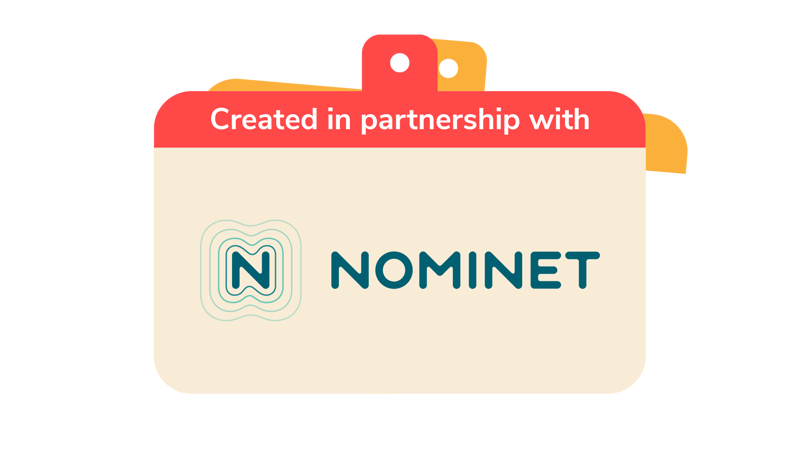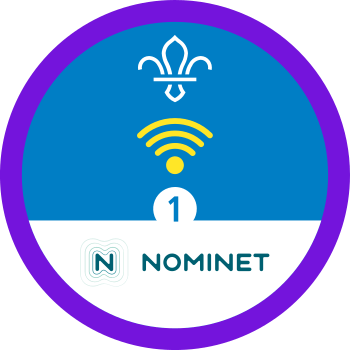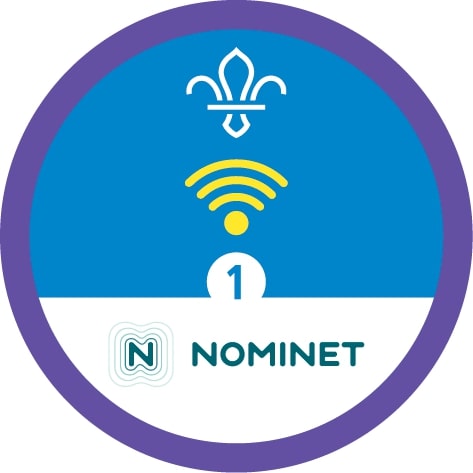
Digital detectives
You’ll need
- Scrap paper
- Pens or pencils
Before you begin
- Make sure you have enough character profiles. You’ll need one for every three or four people. It’s OK if you need more than one copy of the same profile and more than one group has the same character.
Be a digital detective
- The person leading the activity should show everyone the Yellow Card. They should explain that it’s Scouts’ code of practice to keep everyone safe and go through what it says.
- The person leading the activity should remind everyone that they leave a digital footprint made up of everything they do, and every interaction they have, online.
- Everyone should split into groups of three or four people. The person leading the activity should give each group one character profile, some scrap paper, and some pens or pencils.
- Each group should read through their character’s profile together. They should chat about what the person is like, and start to create a character from the information they have.
- Each group should take it in turns to present their character to the group as though they’re introducing a new friend. They should add as much detail as they can, but they shouldn’t make things up – it should all be based on the evidence from their social media profiles.
If you’re working towards Stage 4 of the Digital Citizen Activity Badge follow the steps below to create your own profiles.
- Everyone should think about their own digital footprint. Spend a few minutes chatting about different online interactions like messages, social media posts or website visits, and make some notes.
- Once everyone has a few ideas, they should write their own profile like the character profiles in the first part of this activity. Challenge everyone to think of at least five pieces of information that could be found about them online.
Remind everyone that they only have to share things that they’re comfortable with. If anyone is old enough and uses any social media sites they could check what information about them is publicly available there.
- Once everyone has a few notes on their profiles, they should pair up and see whether the information on their profile is a good reflection of what they’re like in real life.
Give friendly advice
- Once everyone’s shared their profiles, they should think about what they could do to keep themselves safe, maintain privacy, or make more positive decisions
- Everyone should take it in turns to share their ideas with each other. Why should the characters think about following everyone’s advice?
- The person leading the game should remind everyone that they should tell a trusted adult if they feel uncomfortable about anything online.
Reflection
This activity was all about understanding communication. How much could everyone work out about the characters from just a few social media posts? A handful of posts only show a small snapshot of what someone’s like, so it’s important not to make lots of assumptions. Do people find it tempting to make assumptions about people based on their social media (for example, if someone acts as through they’re very popular and outgoing, is it easy to assume they’re like that in real life? Is that always true?)?
This activity was also about being a citizen. How may the content the characters posted on social media have affected others? For example, Taylor’s video may have upset the person in it, Arun’s post may offend Miss Take, or Kate’s post may have made her brother feel sad. It’s important to remember that lots of people may look at someone’s social media – it’s not just their friends, it could be family members (including parents), potential friends, or even potential employers. What messages do the characters’ social media interactions give to these people? Fast forward 10 years. How may the characters feel about these interactions now? What advice would everyone’s future selves give their current selves about social media?
Deciding what to share online is all about assessing risk – it’s a great skill to learn and one we use all the time, just like when you plan what first aid kit you need if you’re going on a hike. At Scouts we also have our Yellow Card so that everyone knows the actions they can take to keep each other safe in person, or online.
Safety
All activities must be safely managed. You must complete a thorough risk assessment and take appropriate steps to reduce risk. Use the safety checklist to help you plan and risk assess your activity. Always get approval for the activity, and have suitable supervision and an InTouch process.
- Online safety
Supervise young people when they’re online and give them advice about staying safe. Take a look at our online safety or bullying guidance. The NSPCC offers more advice and guidance, too. If you want to know more about specific social networks and games, Childnet has information and safety tips for apps. You can also report anything that’s worried you online to the Child Exploitation and Online Protection Command. As always, if you’ve got concerns about a young person’s welfare, including their online experiences, follow the Yellow Card to make a report.
You could work in bigger or smaller groups. You could even look at one of the characters as a whole group and work together to make a profile.
- You may want to help people get into groups to make sure each is balanced. People can ask for whatever help they need with reading and writing.
- No one has to present if they don’t want to. They can still help the group to create the character and prepare for the presentation. People could also present to smaller groups, if that works better for them.
All Scout activities should be inclusive and accessible.
Take it further by thinking about why Kate, Arun, and Taylor may have interacted as they did. Did any of them seem preoccupied by an event, or frustrated by something that had happened?
People could use these insights, as well as the advice they gave the characters, to create a short group code of conduct for social media. It’s best to keep it snappy – sticking to six points or fewer means it’s easier to remember and follow. Why not make the code using a collaborative online tool so everyone can contribute to it even after the meeting’s over?
Young people should take responsibility for leading as much as this activity as possible, from getting into groups, timing each stage, and presenting the profiles. If they make a code of conduct, they should work together to choose how they’ll present and create them.

